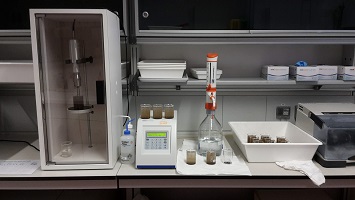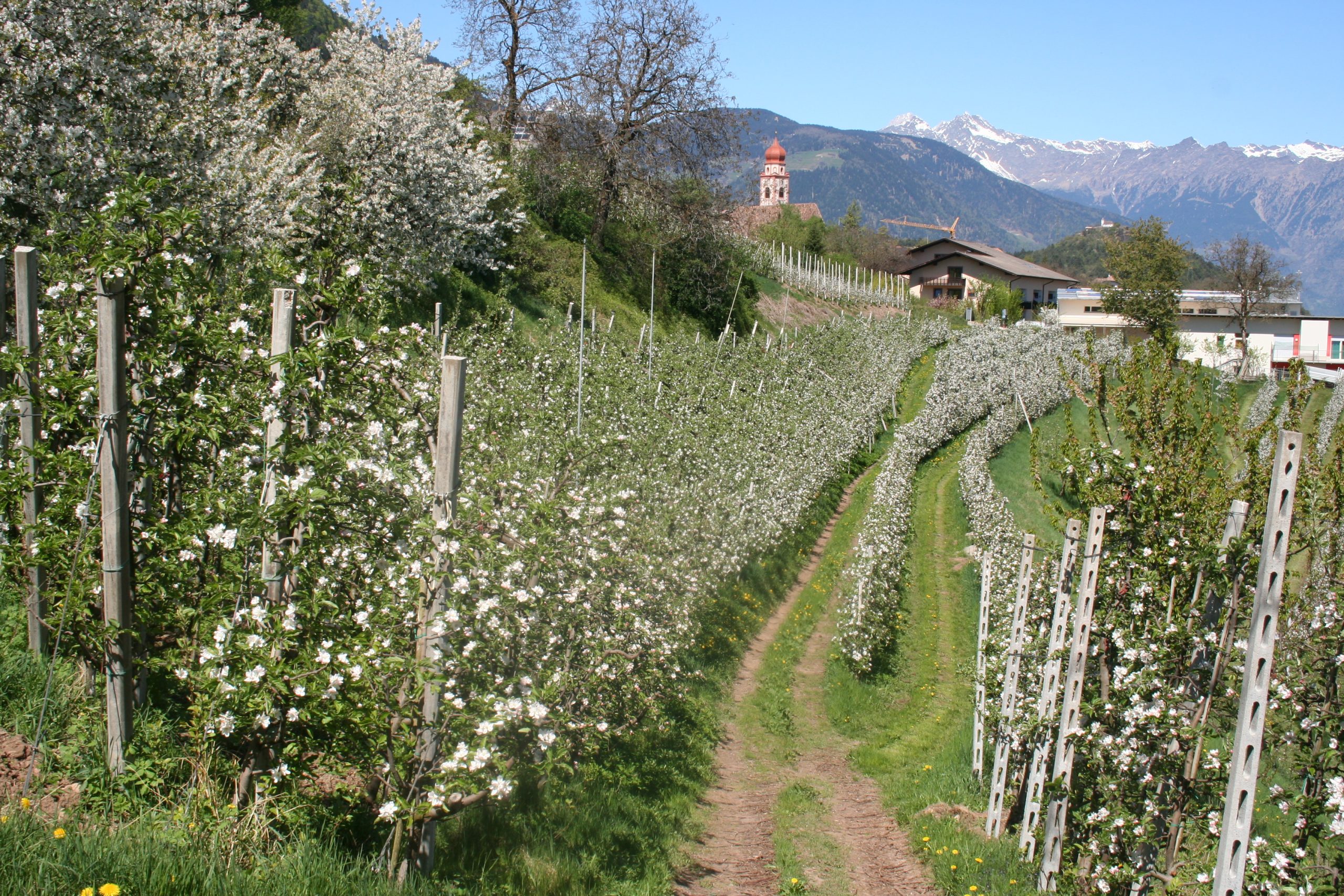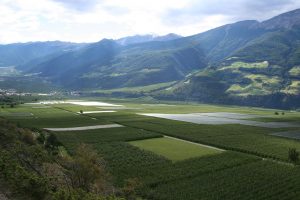Project
description and goals: In recent
years, the use of eDNA methods has become increasingly popular in ecological
studies. eDNA stands for environmental DNA and is the DNA that is released into
the environment by organisms. eDNA is used to detect the presence of different
species in a specific location. This provides information about the current
biodiversity and how it has changed over time. In this project we investigate
the eDNA in the soil of intensively managed orchards in South Tyrol, focusing
on fungi and bacteria. The aim of the project is to determine the most
important factors that influence soil biodiversity.
In South Tyrol, the use of eDNA methods is relatively new. As such, the project
has been forming the basis for the further application of these technologies in
South Tyrol. In parallel to this pilot study, a working group with
representatives from UniBZ, Eurac Research and the Nature Museum has been set
up to support and promote the development of new eDNA projects.
Methods: For the project, we selected a total of 20 orchards between Schlanders/Silandro and Salurn/Salorno, from which the soil samples are taken. We then isolate the entire DNA from the samples and perform metabarcoding. Through the analysis of a short, specific part of the DNA, bacteria and fungi can usually be identified at the genus level. This gives us an overview of the diversity of microorganisms in the soil and an understanding of the complex network of interactions that exist between these organisms.
Partners: The project is carried out in collaboration with the Free University of Bozen
Contact: For further information, please contact Giulio Genova, Giulio.Genova@eurac.edu

In total, 20 apple orchards between Schlanders and Salurn are being surveyed. 
Taking soil samples of the apple orchards examined. 
The entire DNA from the soil samples is isolated and a metabarcoding is performed.



